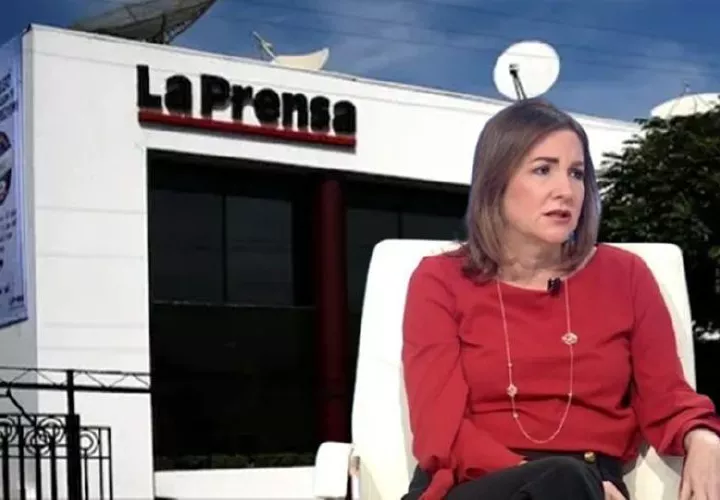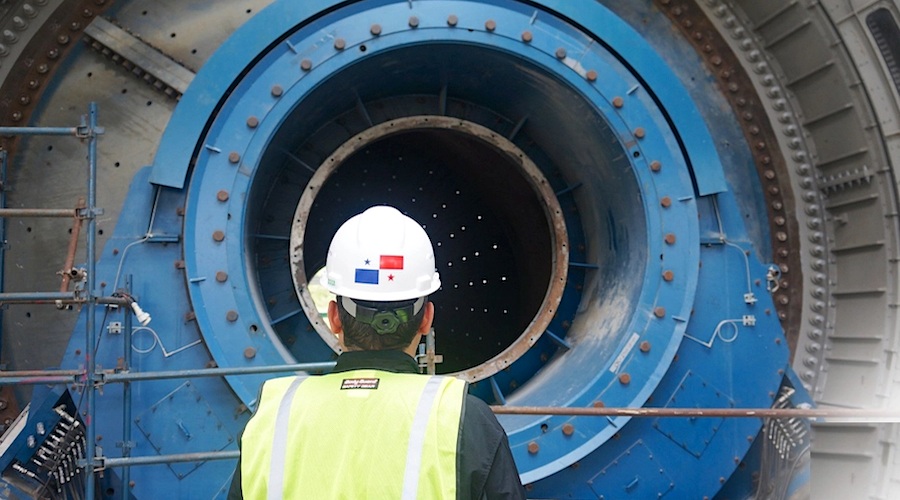The never ending story of Casco repairs

A construction boondoggle that has closed down several businesses and created serious belt tightening in others, is still bedeviling the inhabitants of Casco Antiguo, San Felipe. Panama

The planned “historic preservation” under the the Ministry of Public Works (MOP), began on January 30, 2012 and initially was planned for completion in 16 months. That is, it was due to conclude at the end of May this year, but they are still drilling cobblestone streets and replacing badly laid bricks at various intersections.
The initial project specifications were clear: The cost of the work was $37 million and consisted of 15 stages each of which should take no more than 40 days. But none of that came true. Says La Prensa
Now, the Government has decided to place an addendum to the contract solve the sewage problem, taking advantage of the removal of part of the pavement of the streets.
This increased the cost of the project but the MOP is keeping the figure close to its chest.
Time delays have become endemic like the restoration of restoring of First Street which instead of taking 40 days, has lasted 120 days.
The authorities also pledged that the work would not generate direct effects to residents and merchants, but businesses have closed leaving signs “Gracias Odebrecht” and those who have survived are bitter as their businesses are hit by declining visits to the old city. Jorge Bellina, leader of the merchants of Old Town, said many Business owners have reported losses by closing some streets.
According to Bellina, since they started thes works there have been constant closures of Avenue B, Independence Square, Avenida Pedro Sosa, First and Second Streets and the last sections of Central Avenue and Third Street. "They open and then close. It seems that sometimes they forget something and have to re-drill the road, "says the merchant.
Last year several of these avenues workers had to replace the pavers because they had the technical specifications for a historic site as the Old Town World Heritage Site in 1997.
"The cobblestones made hundreds of years ago were better than they are now," said Bellina, who said that the traders reporting losses represent 50%.
But not only the merchants of San Felipe are going through a bad time. Residents of the township as Juana Martinez did not observe significant changes in the area, although there are already open streets.
Meanwhile, Patrizia Pinzon, representative of Avaaz, the Association of Friends and Neighbors of the Old Town, said she is concerned about the quality of the work that has been done.
According to Pinzon , theyb are supposed to be fixing avenues and streets, but what is observed at the end are "semi-works". "Every time it rains the water removes sand used to attach the cobblestones. This project will be a disaster that all Panamanians will end up paying for”, said Pinzon.
The coordinator of the Planning Commission of the Panamanian Society of Engineers and Architects, Geronimo Espitia, said the project was good but a preliminary diagnosis was not made so there are delays and it ends up costing more.
THE CATHEDRAL, SHAME
The chairman of the Friends of Casco Antiguo Churches, Ricardo Gago Salinero, labeled the structural state of the Metropolitan Cathedral as a "a national shame"
At a Wednesday August 14 press conference, Gago confirmed that they have not received Government funds for the restoration of the five churches of the Old Town, the Cathedral, San José, La Merced, San Francisco de Asis and the House of Prayer of St. Philip Neri which are in an advanced state of deterioration..
In October 2012, the director of the National Institute of Culture (INAC), Maria Eugenia Herrera, said the cathedral would be restored with public funds this year to coincide with the commemoration of the discovery of the South Sea. However. She said that it was a budget of about a $ 1.5 million budget to "make a little improvement ," but according Gago, the few tasks that the committee has been able to make this year come from private funds.
The work on the five churches requires an investment of approximately $15 million and would take five to eight years.
Herrera respnded briefly that "INAC and the government have an interest in helping with repairs, but must agree on the contract documents and the legal basis for transferring the funds that are available."
The committee is raising funds through piggy banks, and corporate donations to five bank accounts for the rehabilitation of the churches.





